
How did traditional butters aid ancient styling?
Traditional butters nourished, protected, and provided hold for ancient styling, reflecting deep textured hair heritage and ancestral ingenuity.
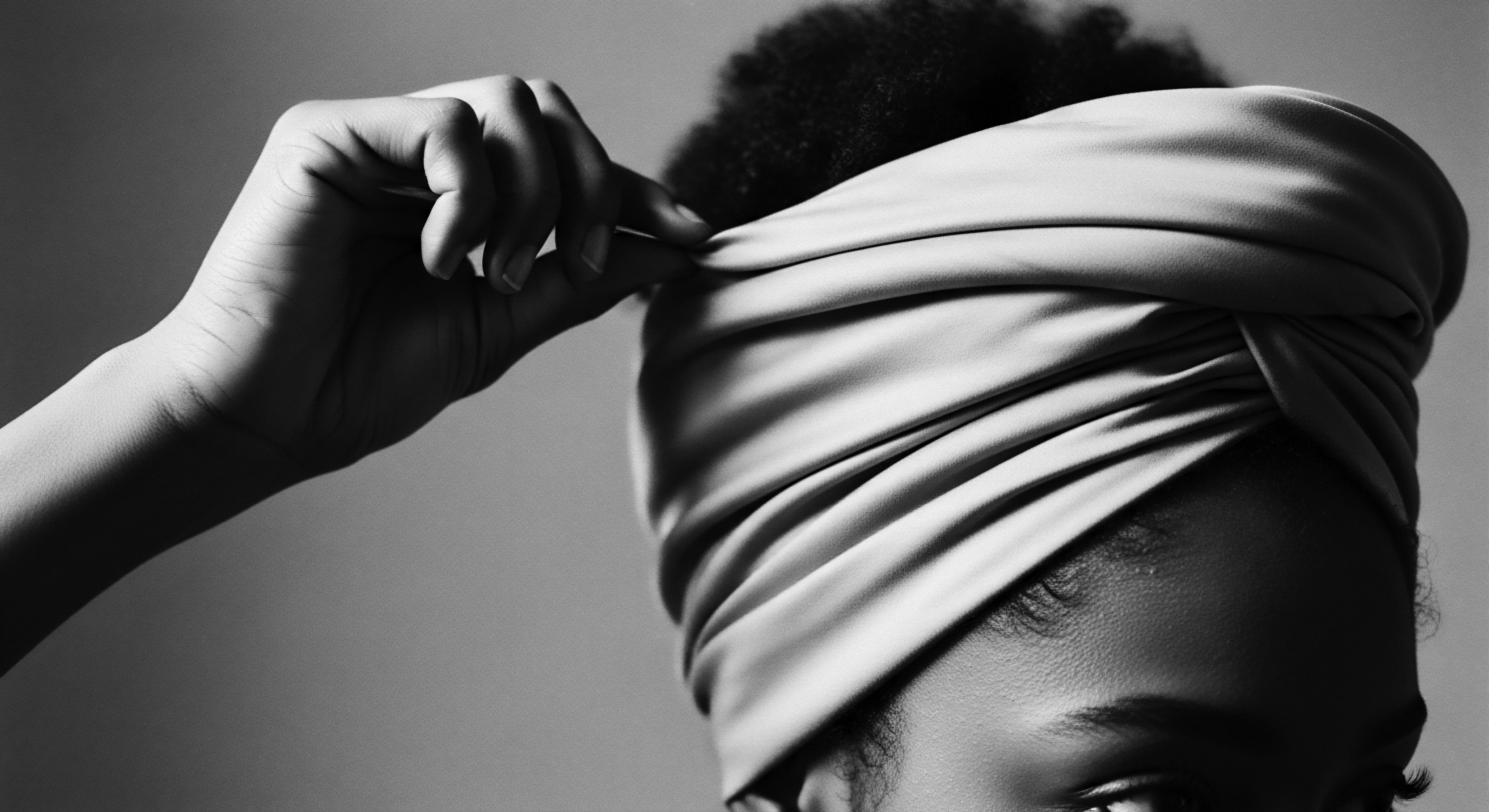
How did ancient African communities use natural oils for hair?
Ancient African communities used a diversity of natural oils to nourish, protect, and adorn textured hair, reflecting deep cultural heritage.
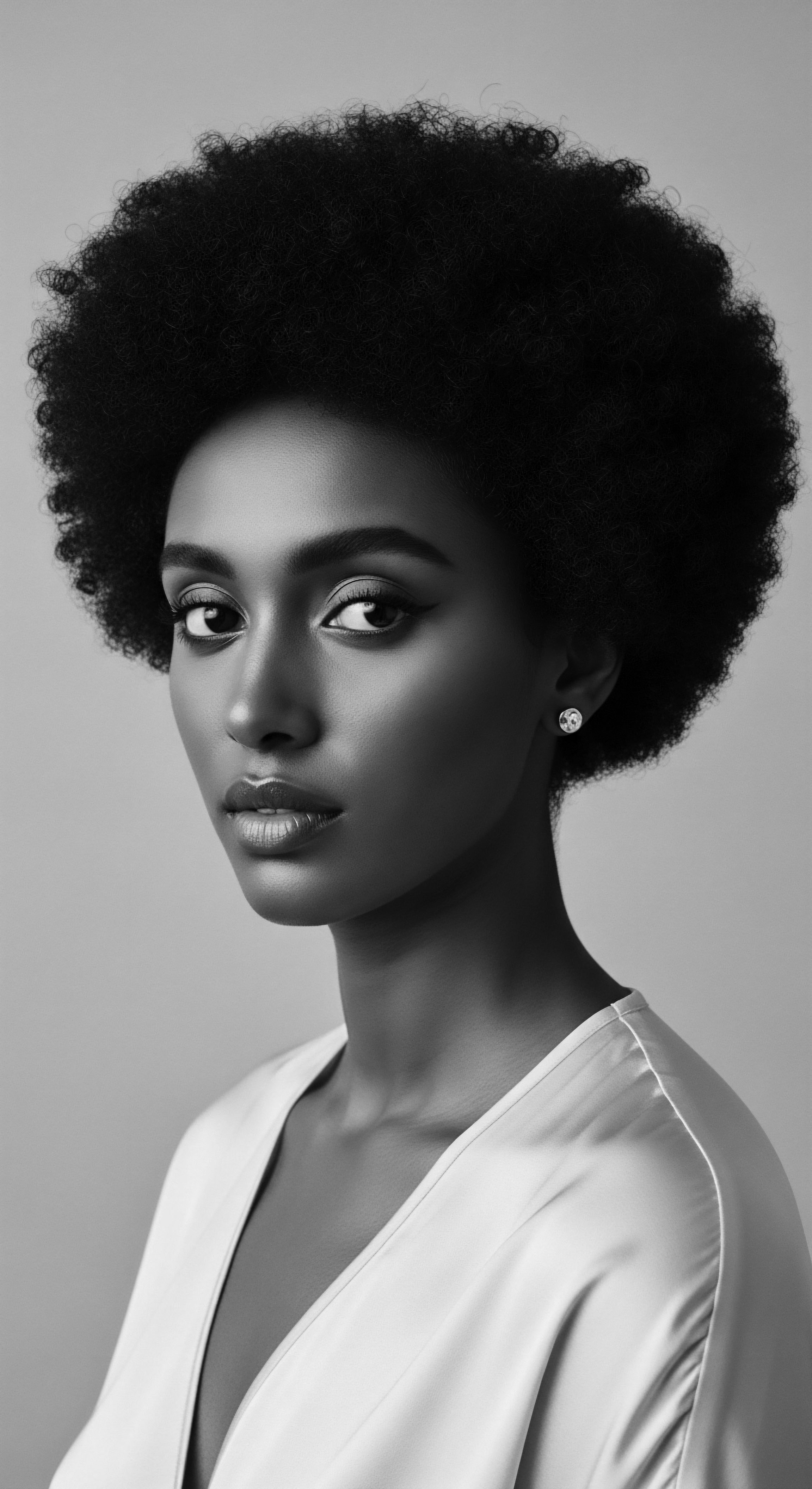
What historical role did natural clays play in textured hair care?
Natural clays provided ancestral communities a gentle, mineral-rich path to cleanse, condition, and adorn textured hair, a vital part of heritage.

What ancient cultural practices nourished textured hair through minerals?
Ancient cultures nourished textured hair through minerals like clay, ochre, and volcanic ash, recognizing their cleansing and fortifying properties within a rich heritage of holistic care.
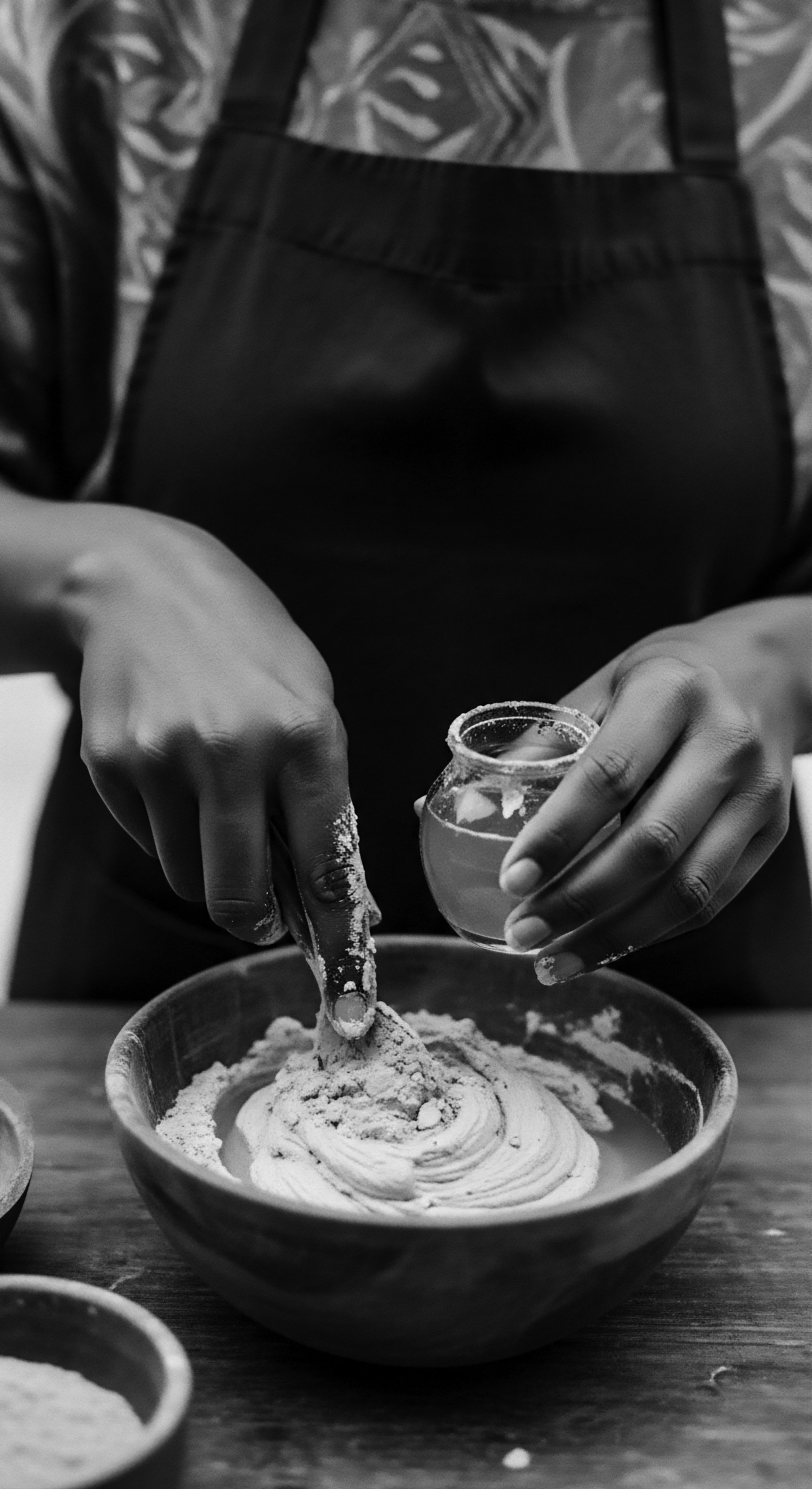
What ancient cultural beliefs influenced textured hair care?
Ancient cultural beliefs infused textured hair care with spiritual significance and social meaning, preserving a rich **heritage** of practices.

Which traditional oils fortified textured hair in antiquity?
Ancient oils fortified textured hair by sealing moisture and protecting it, echoing a heritage of deep care.

How did ancient people protect textured hair?
Ancient people protected textured hair using natural emollients and intricate styles to shield strands from environmental harm, a practice steeped in cultural heritage.
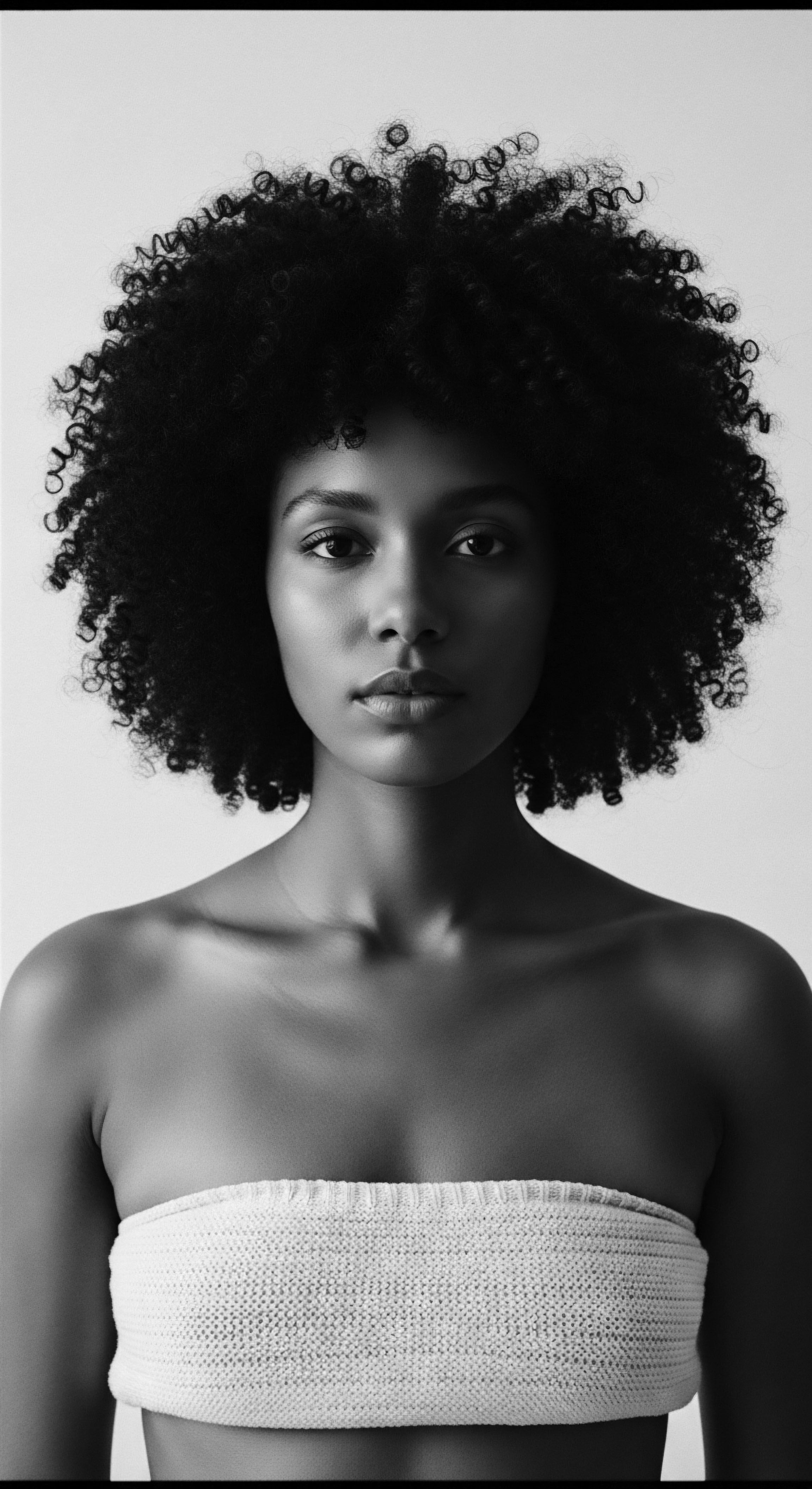
How did ancient combs support textured hair growth?
Ancient combs, often wide-toothed and crafted from natural materials, supported textured hair by minimizing breakage and aiding natural oil distribution, preserving its inherent strength and cultural identity.

How did ancient practices protect textured hair from sun damage?
Ancient practices protected textured hair from sun damage through inherent biological adaptations, natural ingredient applications, and cultural styling.

How did ancient hair practices support cultural identity and community heritage?
Ancient hair practices, particularly for textured hair, acted as powerful visual narratives, solidifying cultural identity and transmitting communal heritage across generations.

What ancient beauty rituals benefited textured hair?
Ancient beauty rituals for textured hair centered on protective styling and natural botanicals, rooted deeply in heritage and cultural expression.

What ancestral practices shaped ancient Egyptian textured hair care?
Ancient Egyptians maintained textured hair with natural oils, elaborate braids, and wigs for hygiene, status, and spiritual connection.
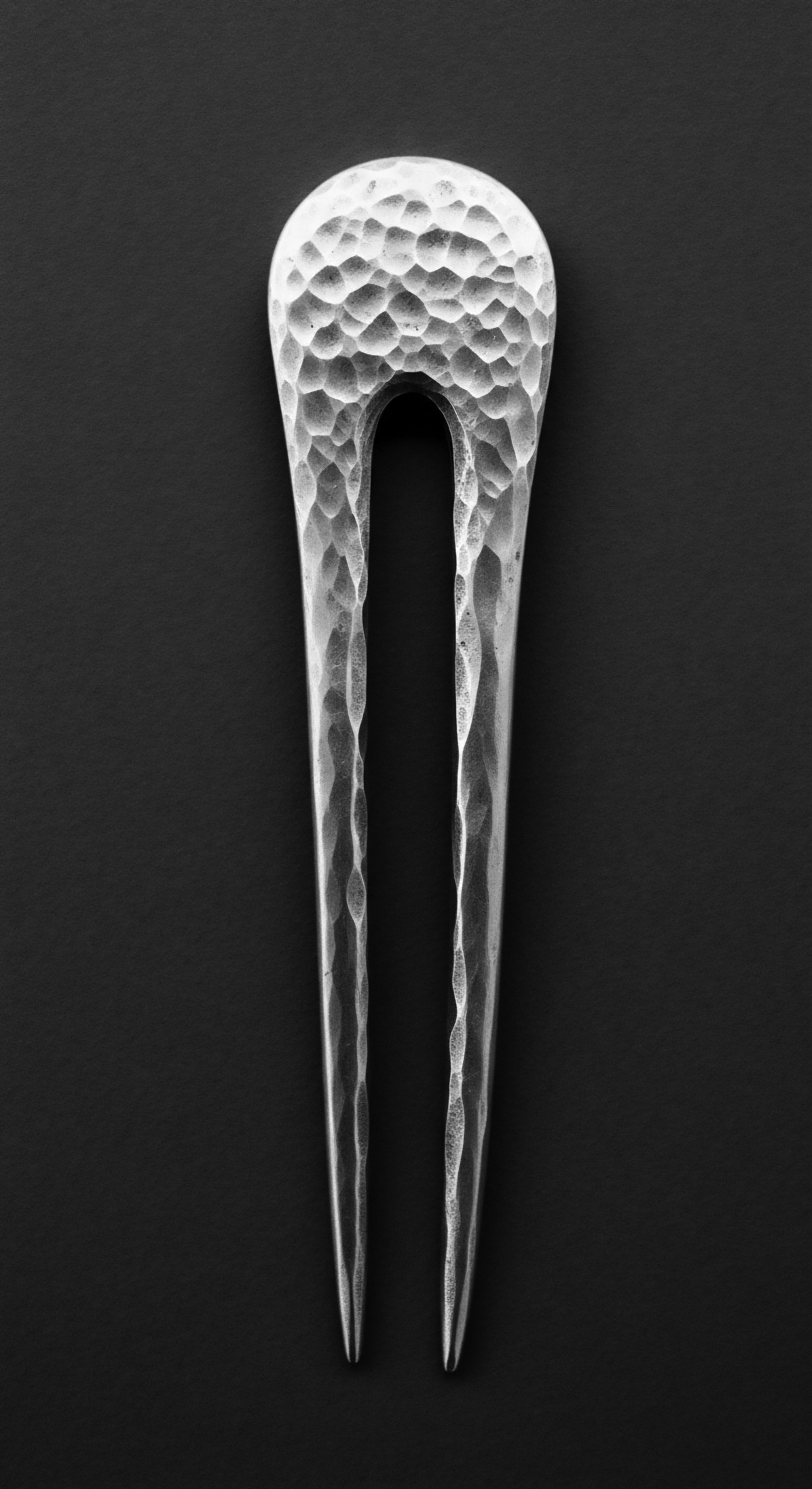
What traditional materials moisturized ancient textured hair?
Ancient textured hair was moisturized using natural butters, plant oils, and unique clay-fat blends, honoring ancestral practices and cultural heritage.

What historical evidence connects henna to textured hair strength?
Henna's historical use across African and Asian cultures provides evidence of its ability to strengthen textured hair.
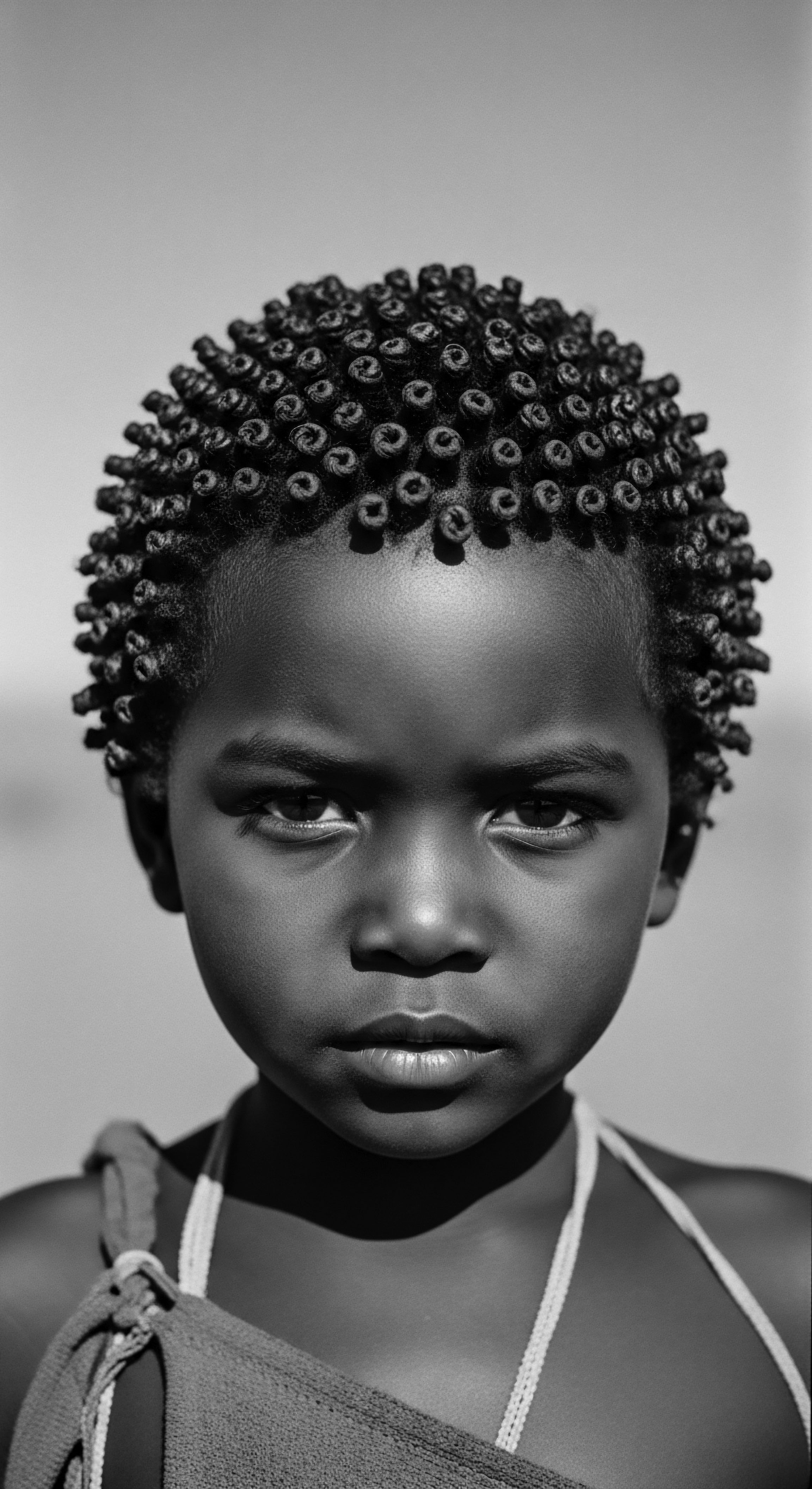
How did plant oils nourish ancient textured hair?
Ancient plant oils sustained textured hair by providing moisture and protection, a testament to enduring heritage.

What historical oils nourished dry textured strands?
Historical oils like shea, castor, and coconut nurtured dry textured strands, reflecting ancestral wisdom and cultural heritage.

What ancient North African practices protected textured hair from environmental challenges?
Ancient North Africans protected textured hair through ancestral styles, natural oils, and purposeful coverings, deeply rooting care in heritage.
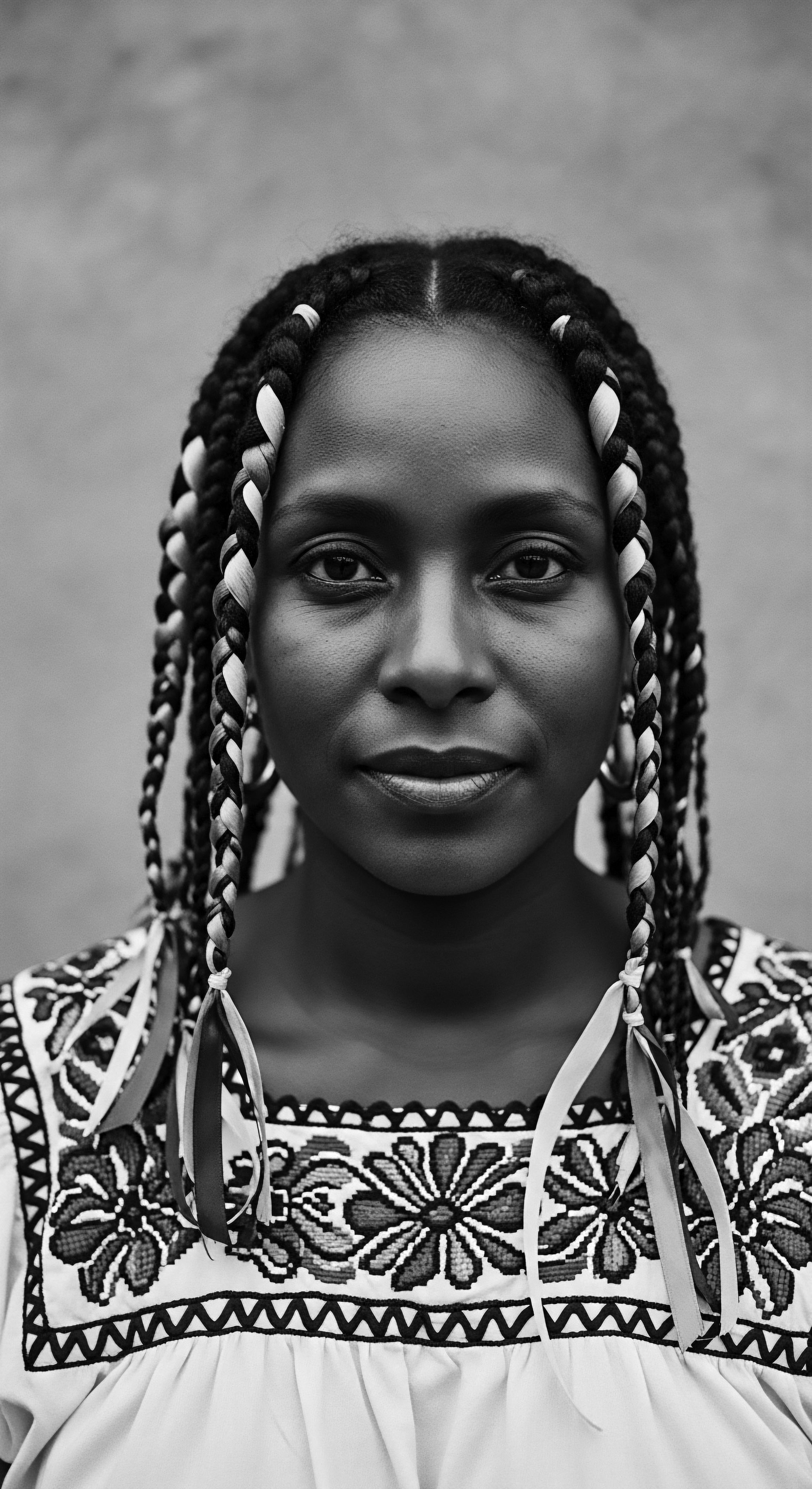
Gourd Uses in Antiquity
Meaning ❉ A comprehensive exploration of the historical and cultural uses of gourds, particularly in ancient textured hair care and ancestral beauty practices.
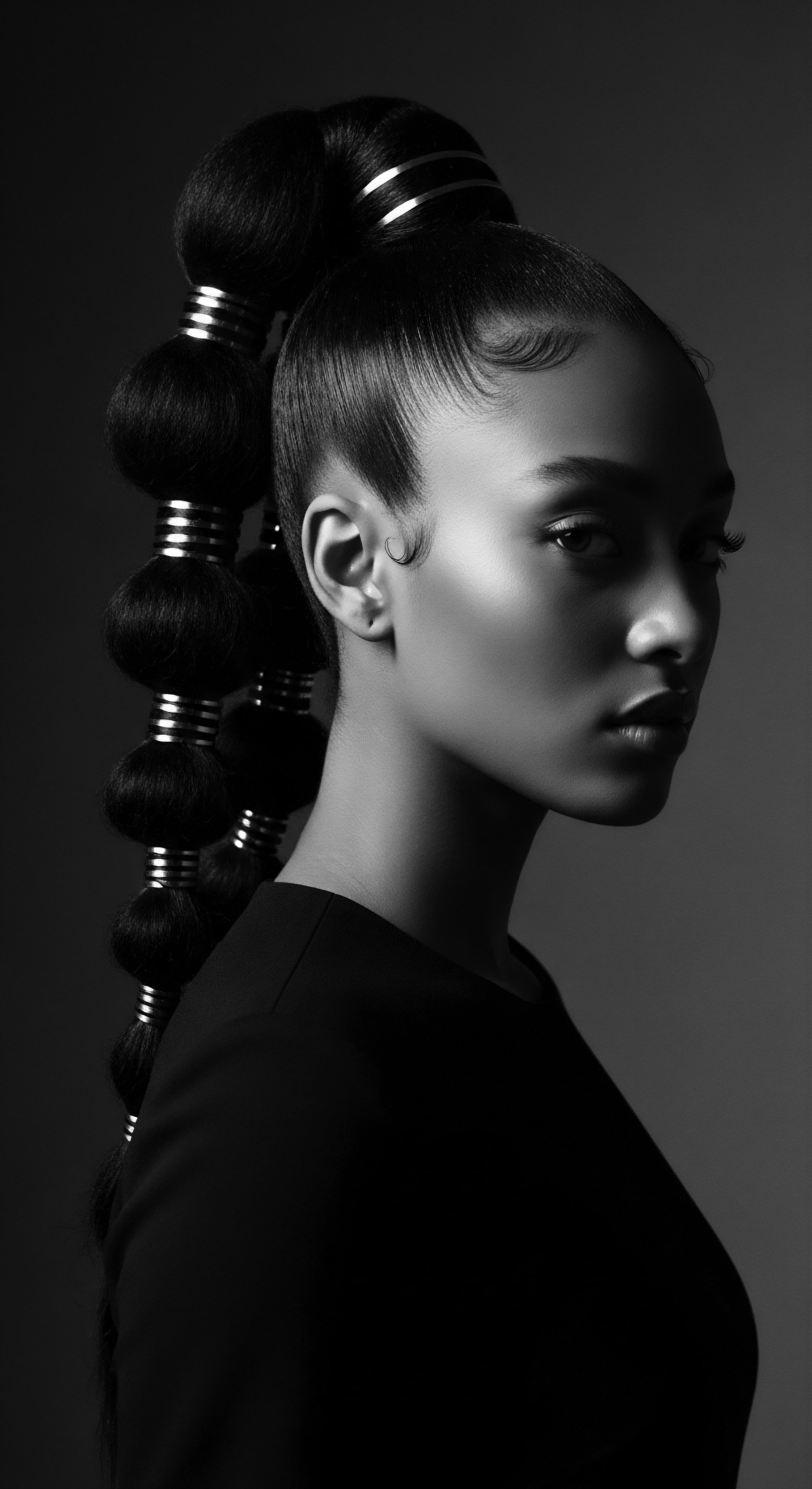
How did ancient societies protect textured hair roots?
Ancient societies preserved textured hair roots through natural oils, protective styles, and communal rituals rooted in ancestral wisdom and heritage.

How do ancient Egyptian hair practices relate to modern textured hair?
Ancient Egyptian hair practices relate to modern textured hair through shared heritage of protective styling, natural ingredient use, and hair as identity.
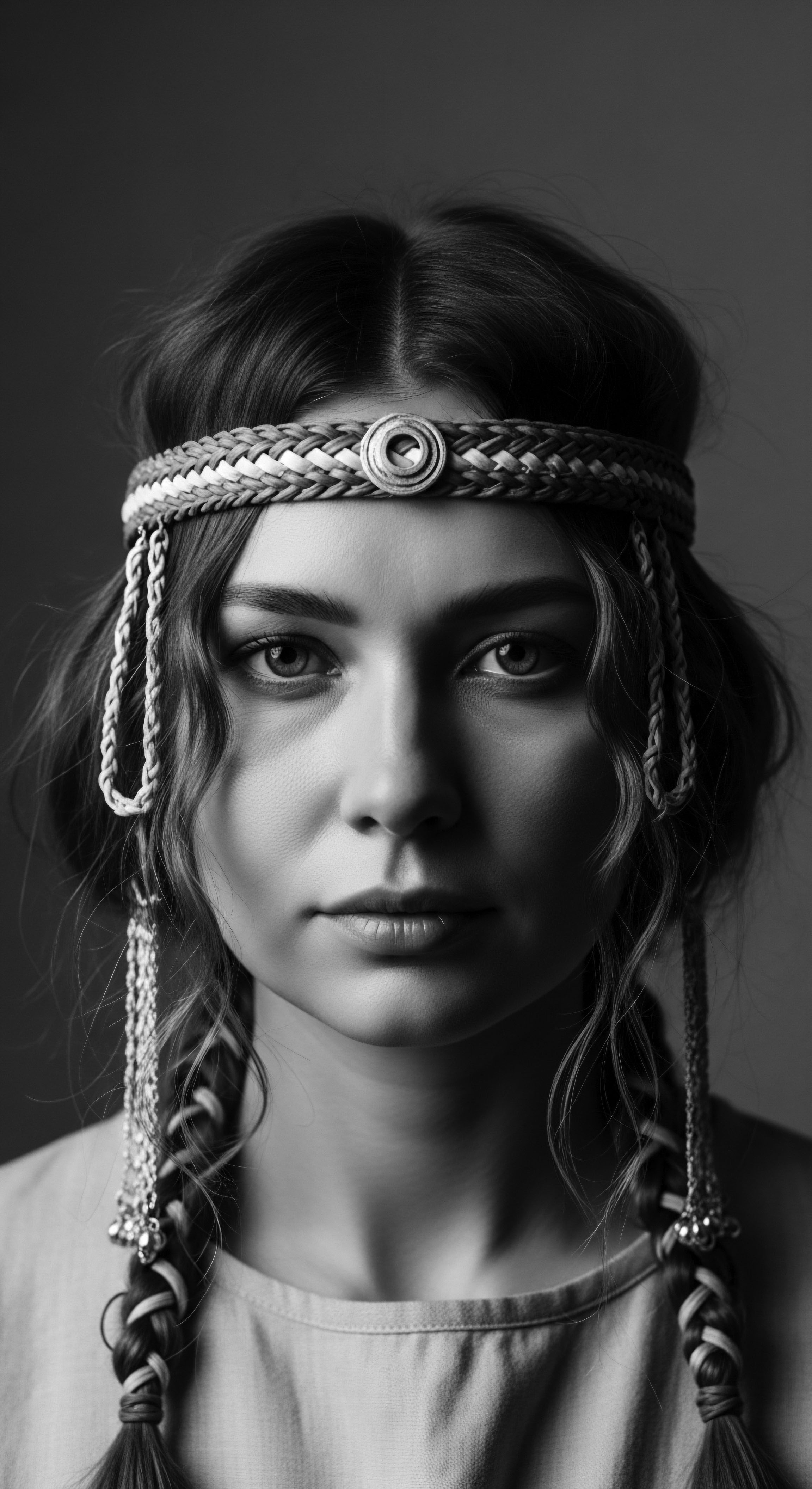
Can understanding ancient Egyptian hair practices offer new perspectives on holistic wellness for textured hair?
Ancient Egyptian hair practices offer rich perspectives on holistic textured hair wellness through their focus on natural ingredients, protective styling, and integrated self-care.

